Backyard habitat
Liz
9 years ago
Related Stories
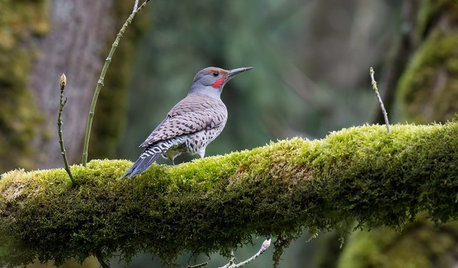
GARDENING GUIDESBackyard Birds: Healthy Home Habitats for Northern Flickers
These colorful woodpeckers found across the U.S. and Canada love berries, seeds and ants and often nest in deep burrows in trees
Full Story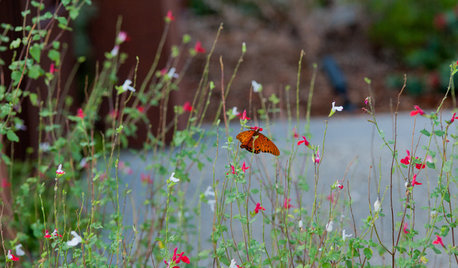
EARTH DAYCreate a Container Wildlife Habitat for Hummingbirds and Butterflies
Don’t let limited space prevent you from welcoming wildlife into your garden
Full Story
GARDENING FOR BUTTERFLIESBring on the Birds: Natural Habitat Ideas for Gardens of All Sizes
Provide nesting, watering and perching spots inspired by the Costa Rican jungle and watch the birds flock on over
Full Story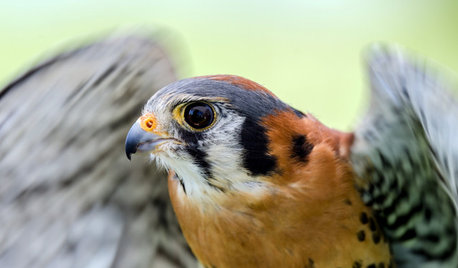
GARDENING GUIDESBackyard Birds: Create a Home for American Kestrels
These copper-colored birds of prey can be found throughout North and South America and often find habitats near human activity
Full Story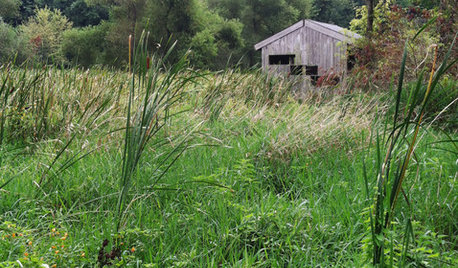
WINDOWSOpen a View to Your Backyard's Wildlife
Enjoy an eyeful of birds, deer, chipmunks and other creatures with natural outdoor habitats that include a hidden vantage point
Full Story
GARDENING GUIDESBackyard Birds: How to Care for American Goldfinches
The American goldfinch is a bright-in-the-summer visitor and one of the only vegetarian songbirds. Here's how to give them a healthy habitat
Full Story
MOST POPULARHow to Add a Backyard Shed for Storage or Living
Need a home office, a playspace or extra room for your stuff? Learn about off-the-shelf, prefab and custom sheds
Full Story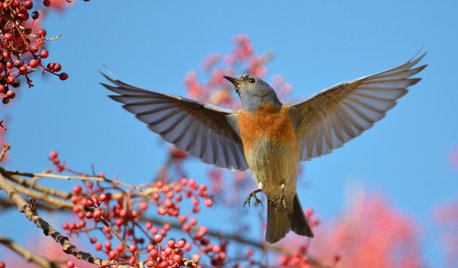
GARDENING GUIDESHow to Bring the Joy of Bluebirds to Your Garden
Attract these beautiful songbirds with nesting habitat and food sources, including berry-producing trees and shrubs
Full Story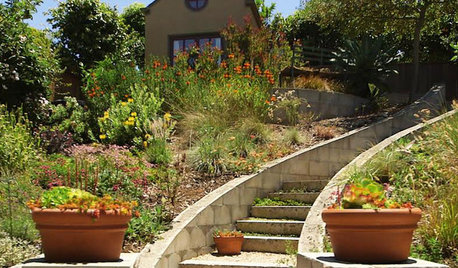
INSPIRING GARDENSHouzz TV: Curves and Surprises Transform a Dry Backyard
A landscape architect’s decision to build a detached studio leads to a whole new backyard full of low-water plants and salvaged treasures
Full Story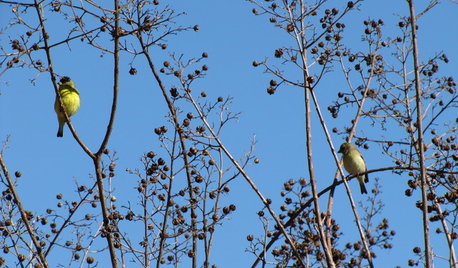
SHOP HOUZZShop Houzz: Create a Backyard Bird Sanctuary
Your bird B&B simply needs a house, bath and feeder
Full Story0
More Discussions







docmom_gw
LizOriginal Author
Related Professionals
Folsom Landscape Architects & Landscape Designers · Fort Lee Landscape Architects & Landscape Designers · Galveston Landscape Contractors · Mason Landscape Contractors · South Lake Tahoe Landscape Contractors · Antioch Landscape Contractors · Branford Fence Contractors · Brushy Creek Fence Contractors · Lauderhill Fence Contractors · Voorhees Fence Contractors · Fond du Lac Window Contractors · Mableton Window Contractors · North Aurora Window Contractors · Piedmont Window Contractors · Sarasota Window ContractorsLizOriginal Author
Debra Vessels
Rhonda
Leafhead
Rhonda
Tom
LizOriginal Author
Tom
docmom_gw
Debra Vessels
LizOriginal Author
MissSherry
MissSherry
LizOriginal Author
docmom_gw
Tom
docmom_gw
MissSherry
MissSherry
Tom
MissSherry
docmom_gw
LizOriginal Author
Debra Vessels
MissSherry
Debra Vessels
Mary Leek
MissSherry
docmom_gw